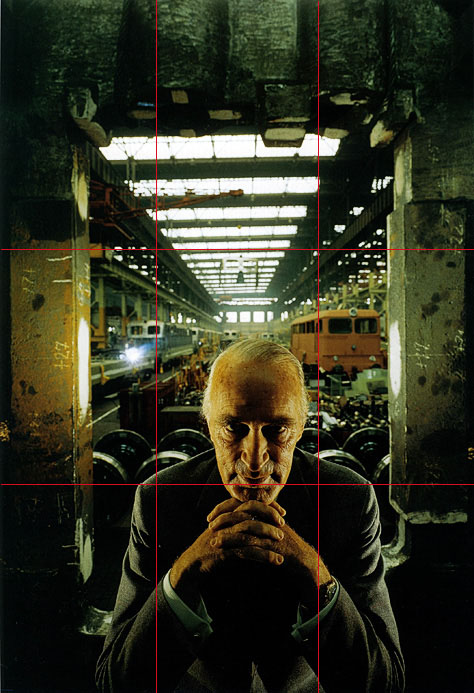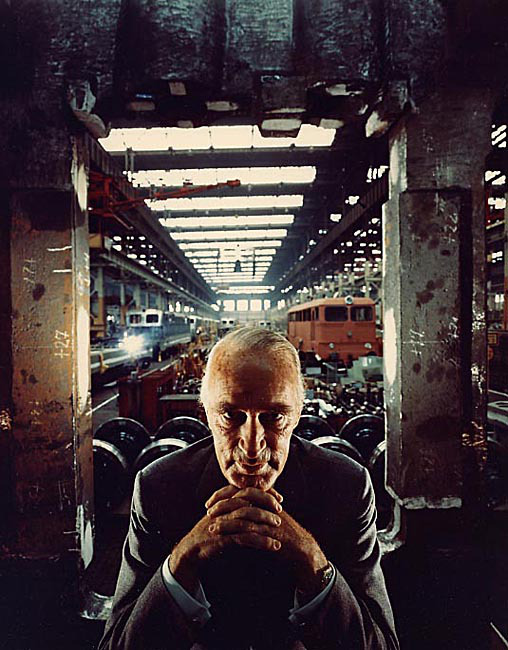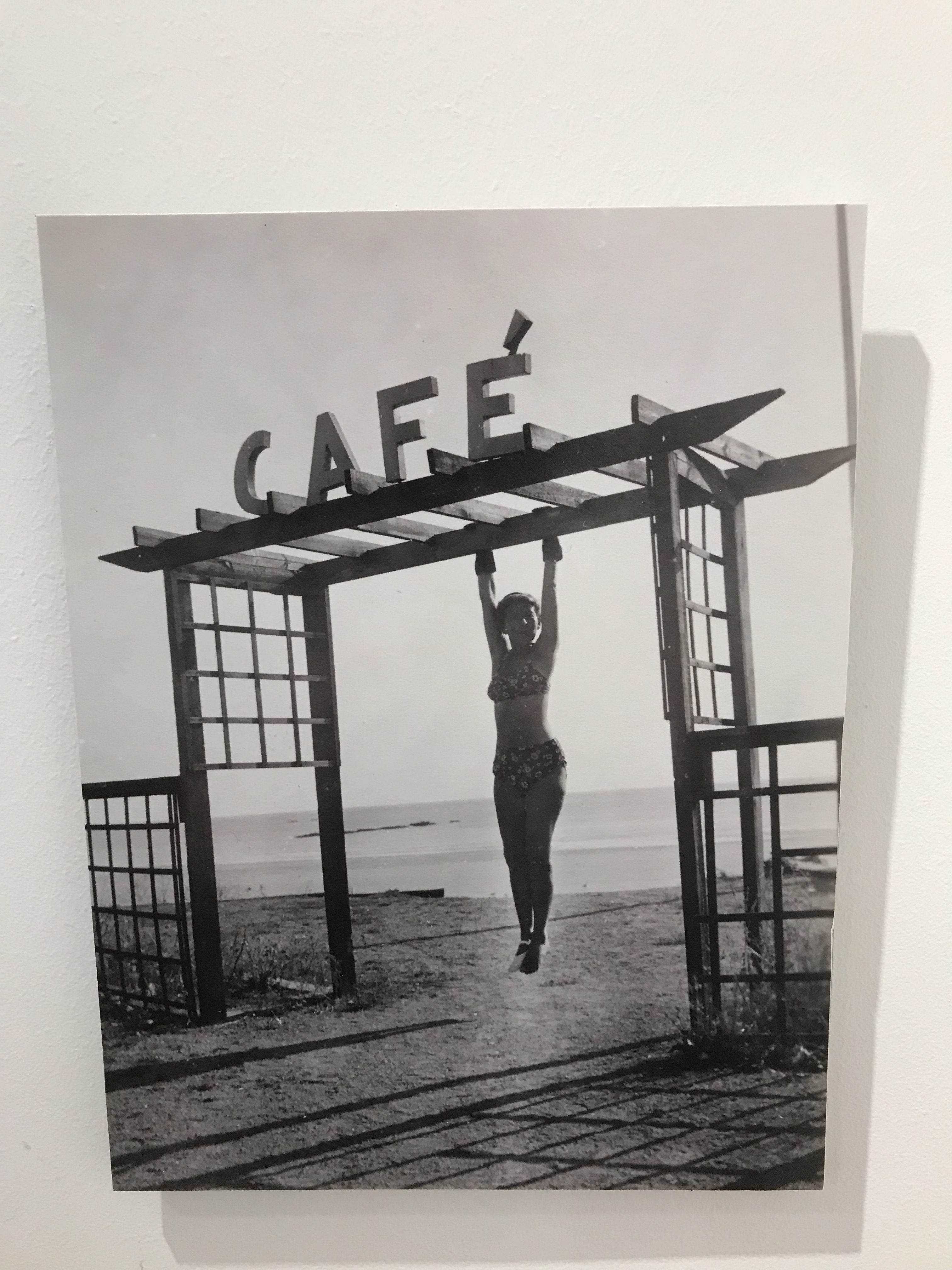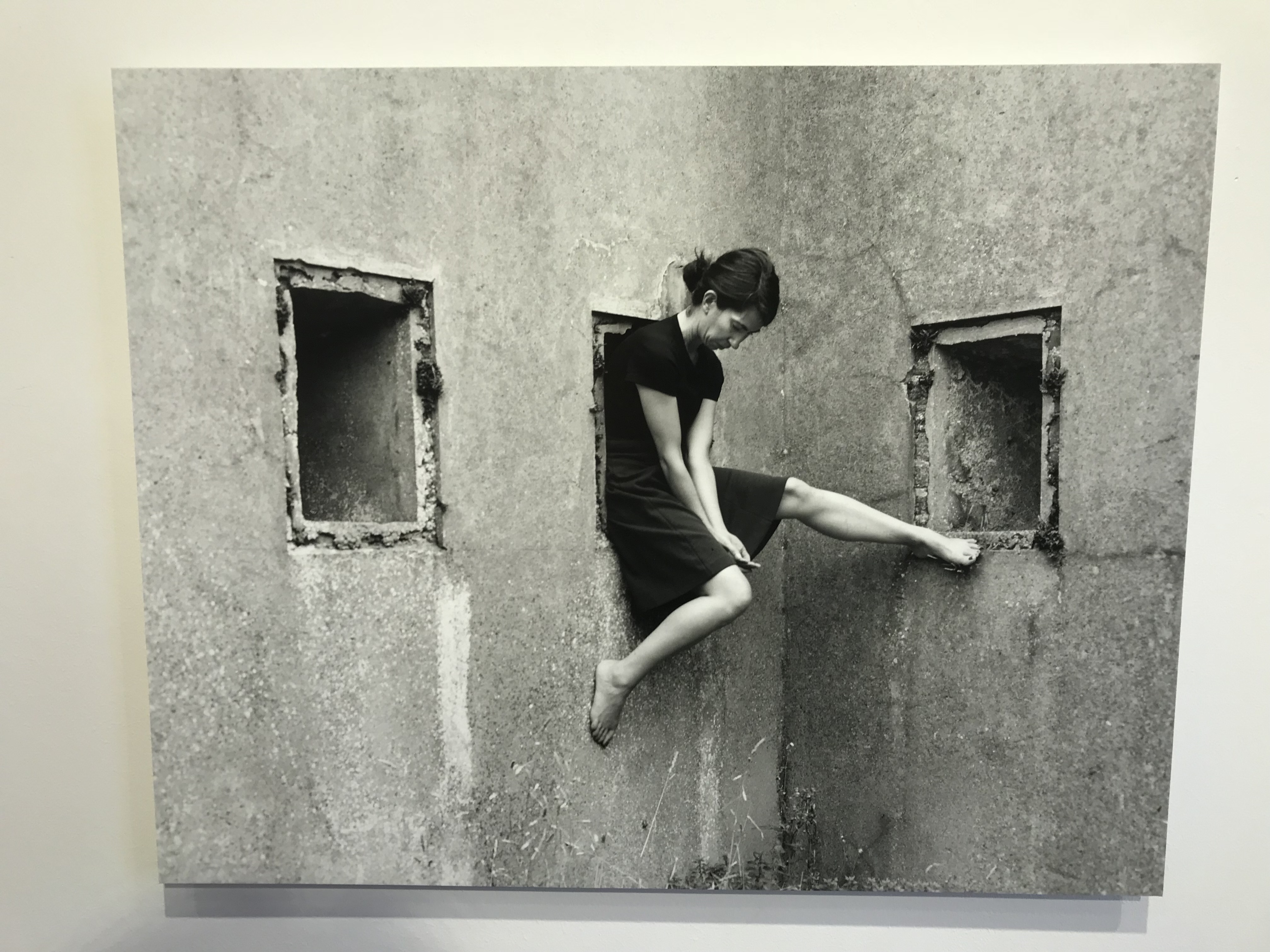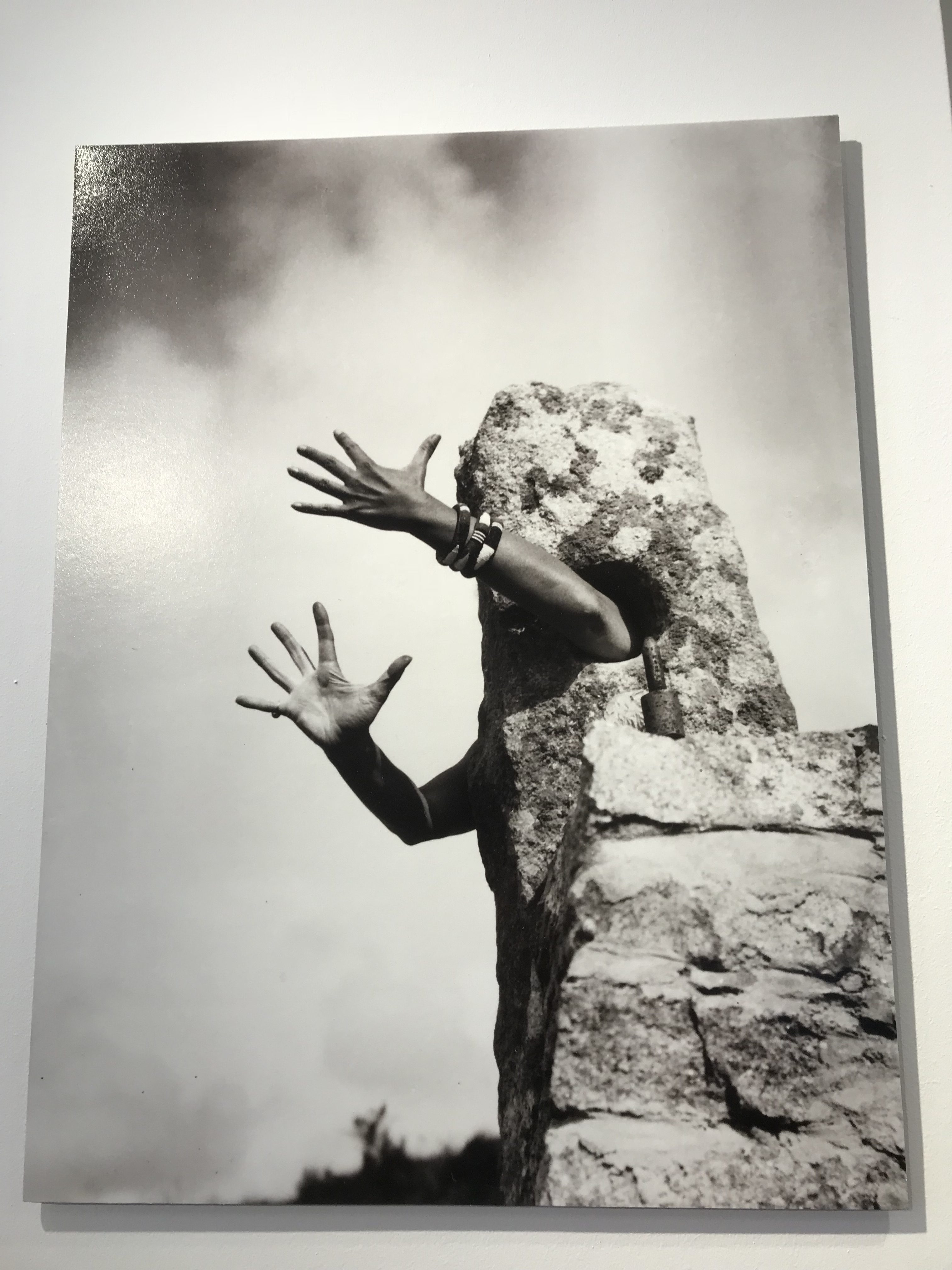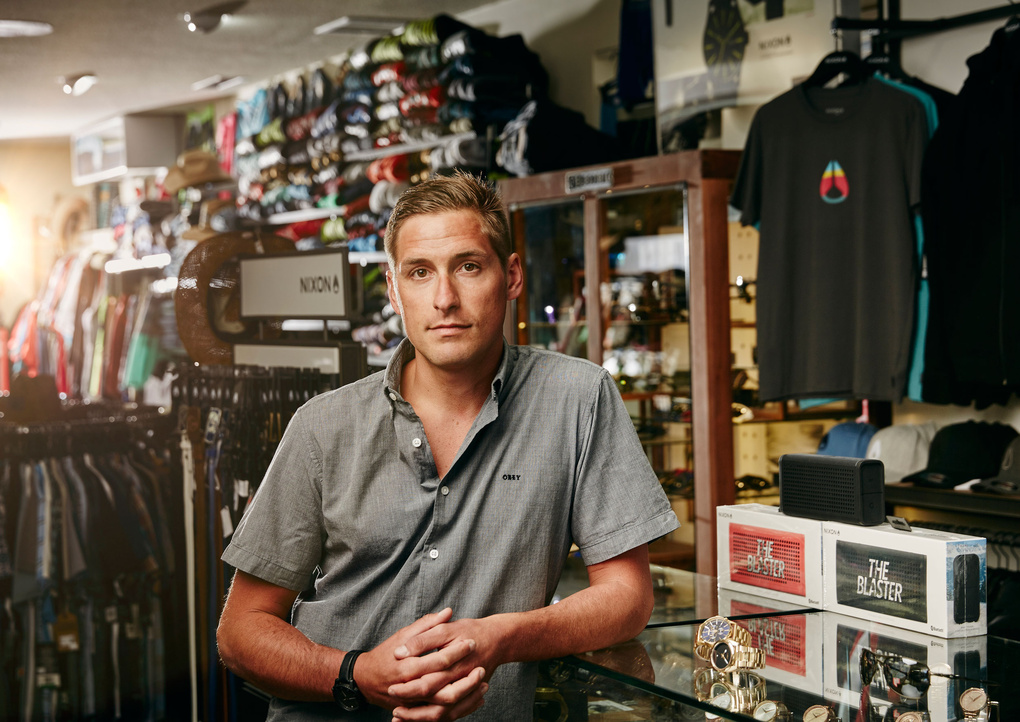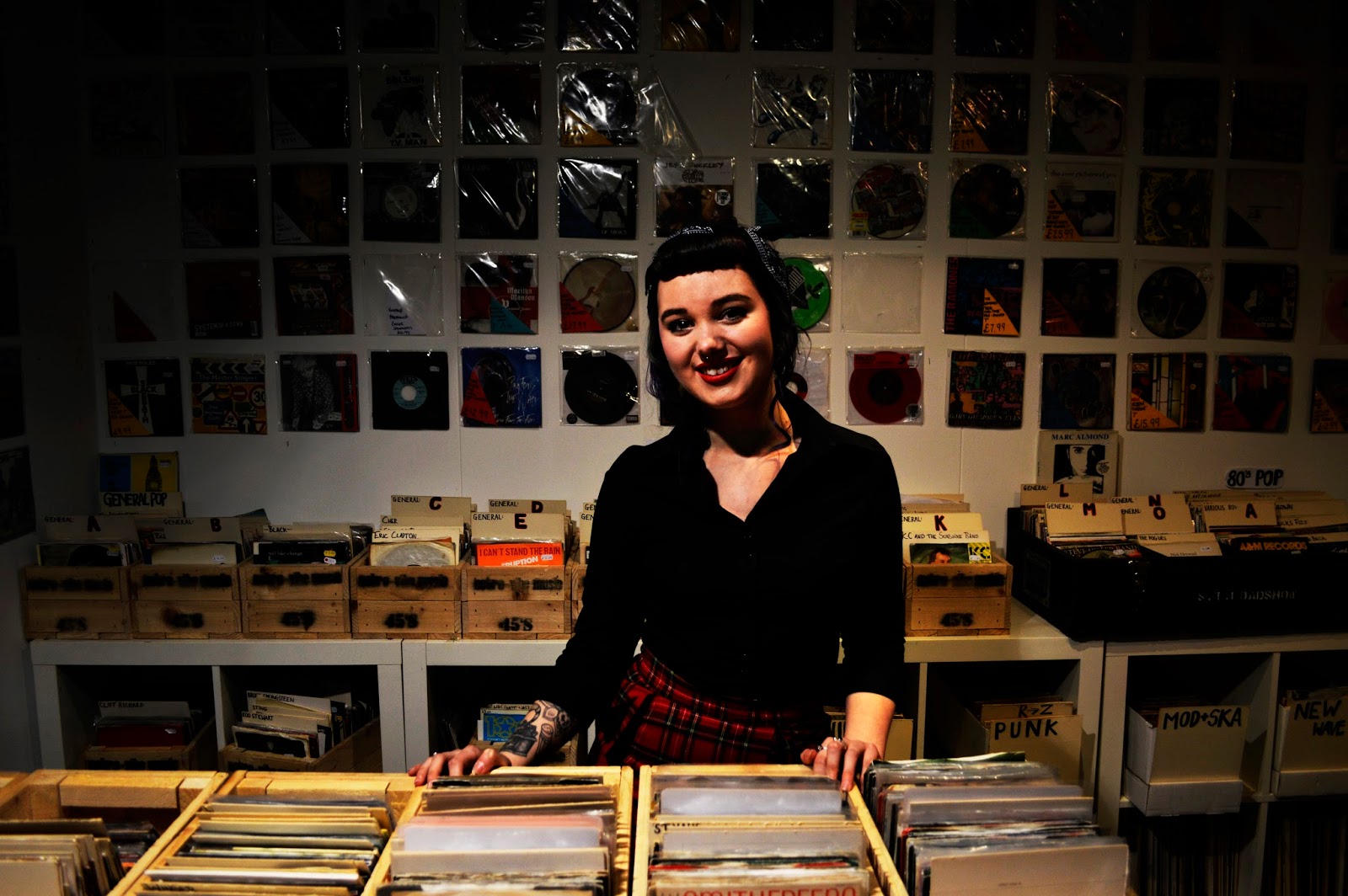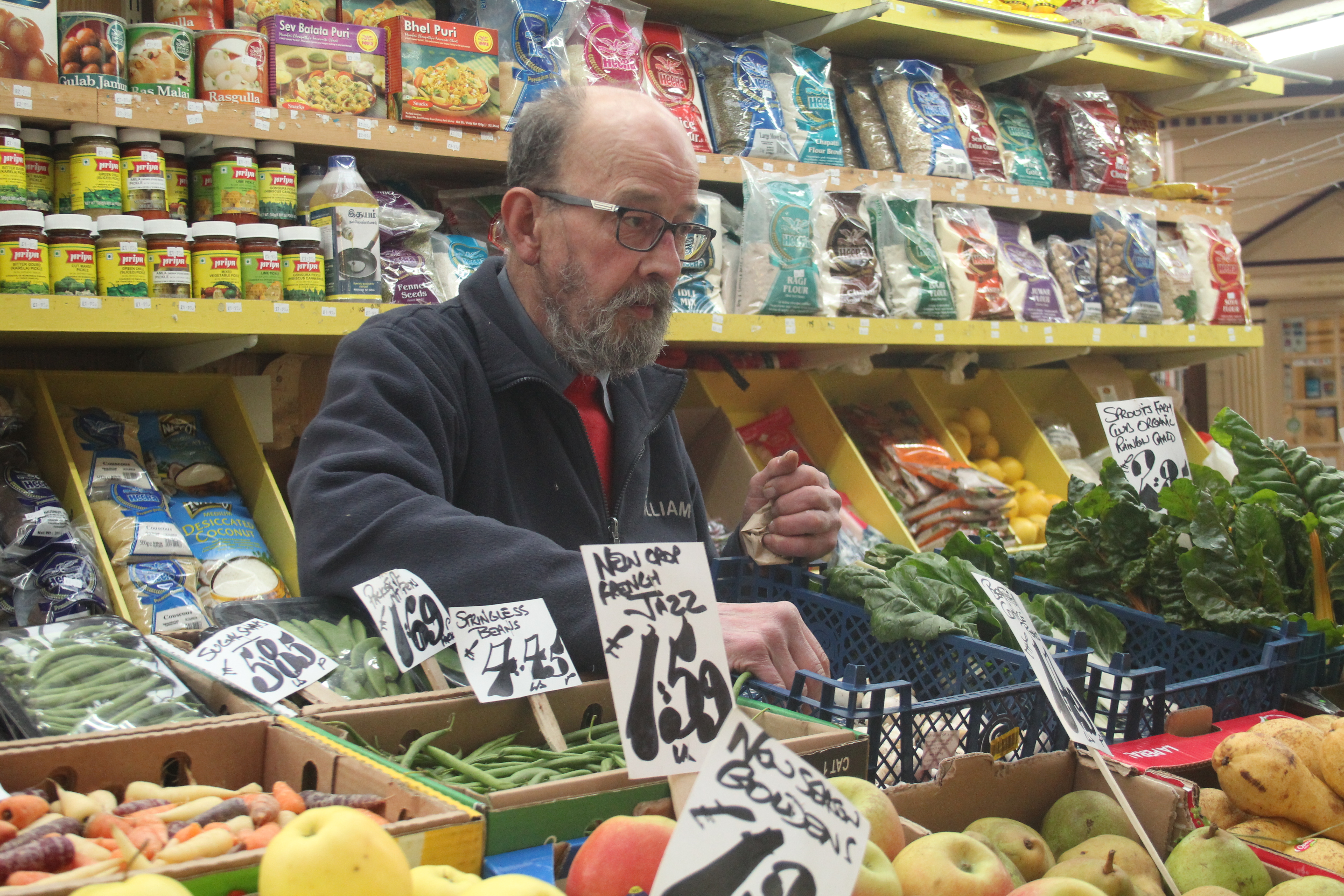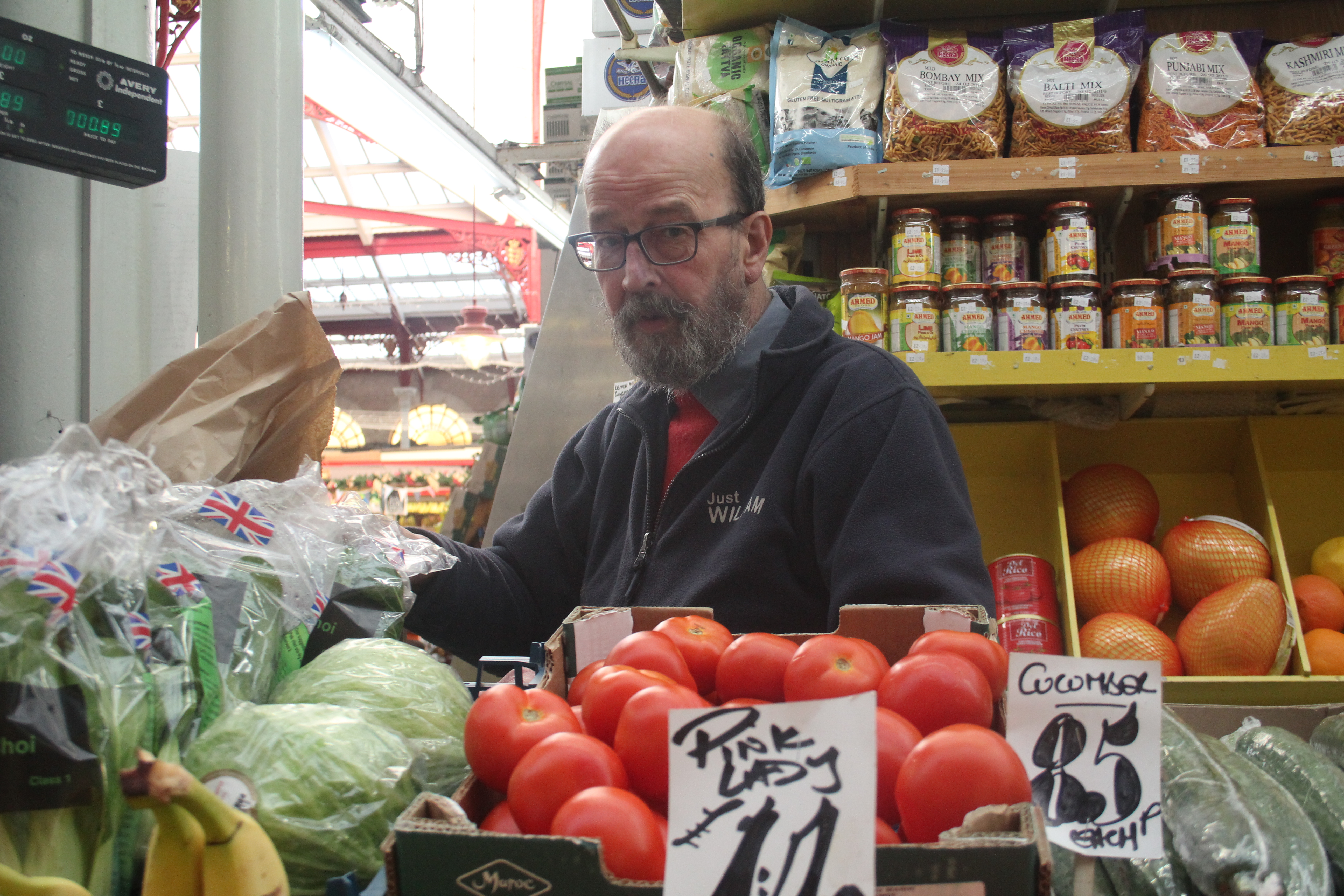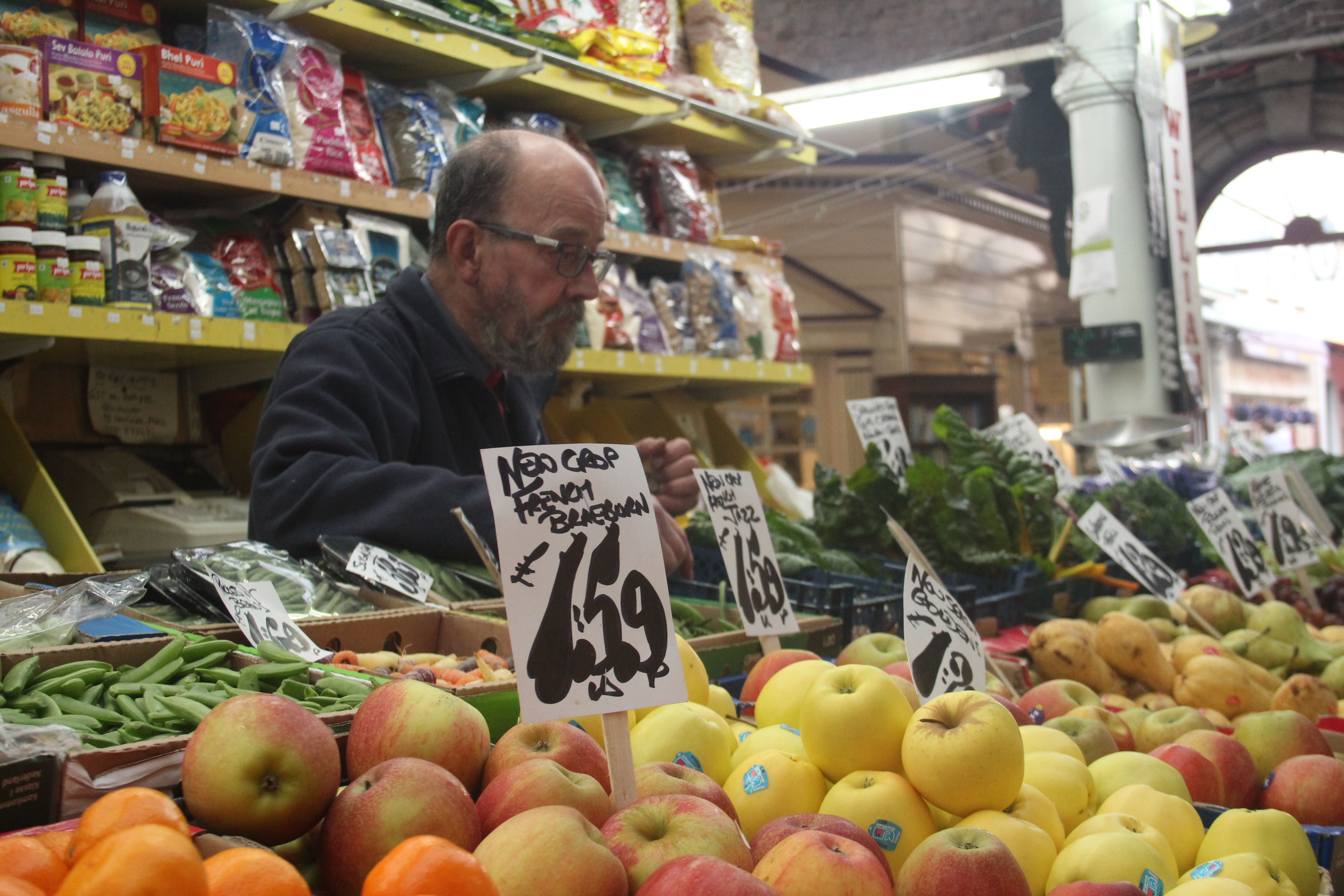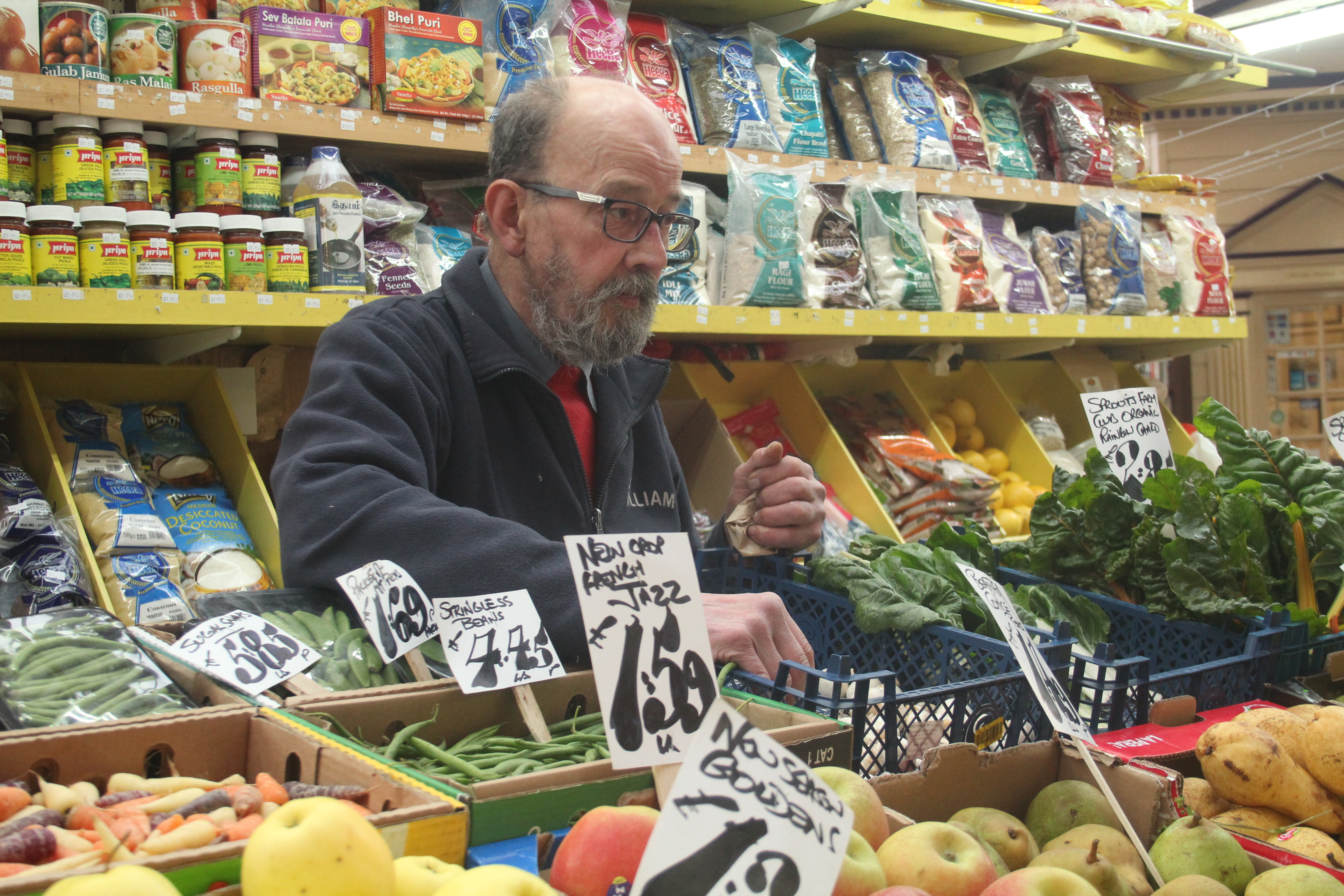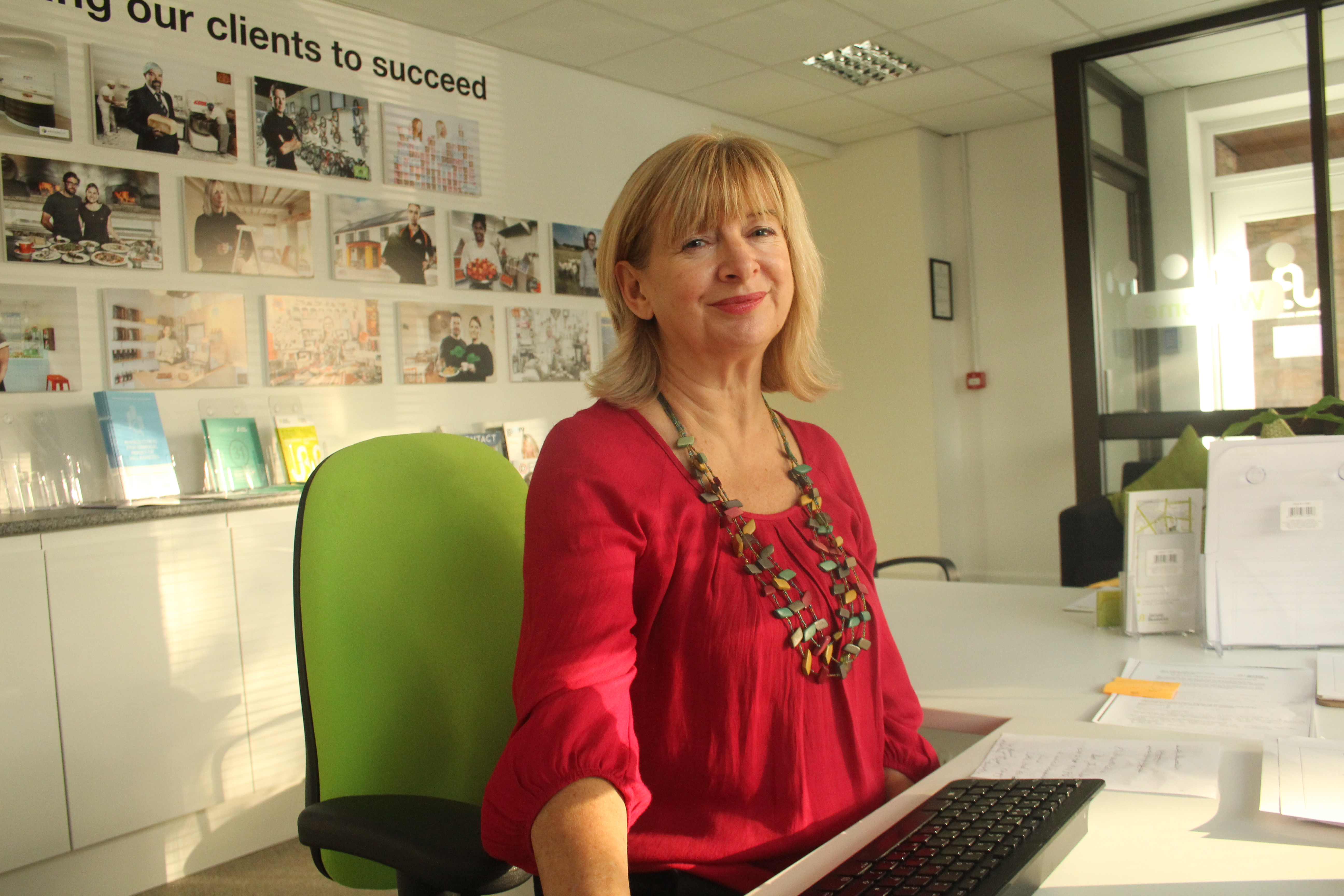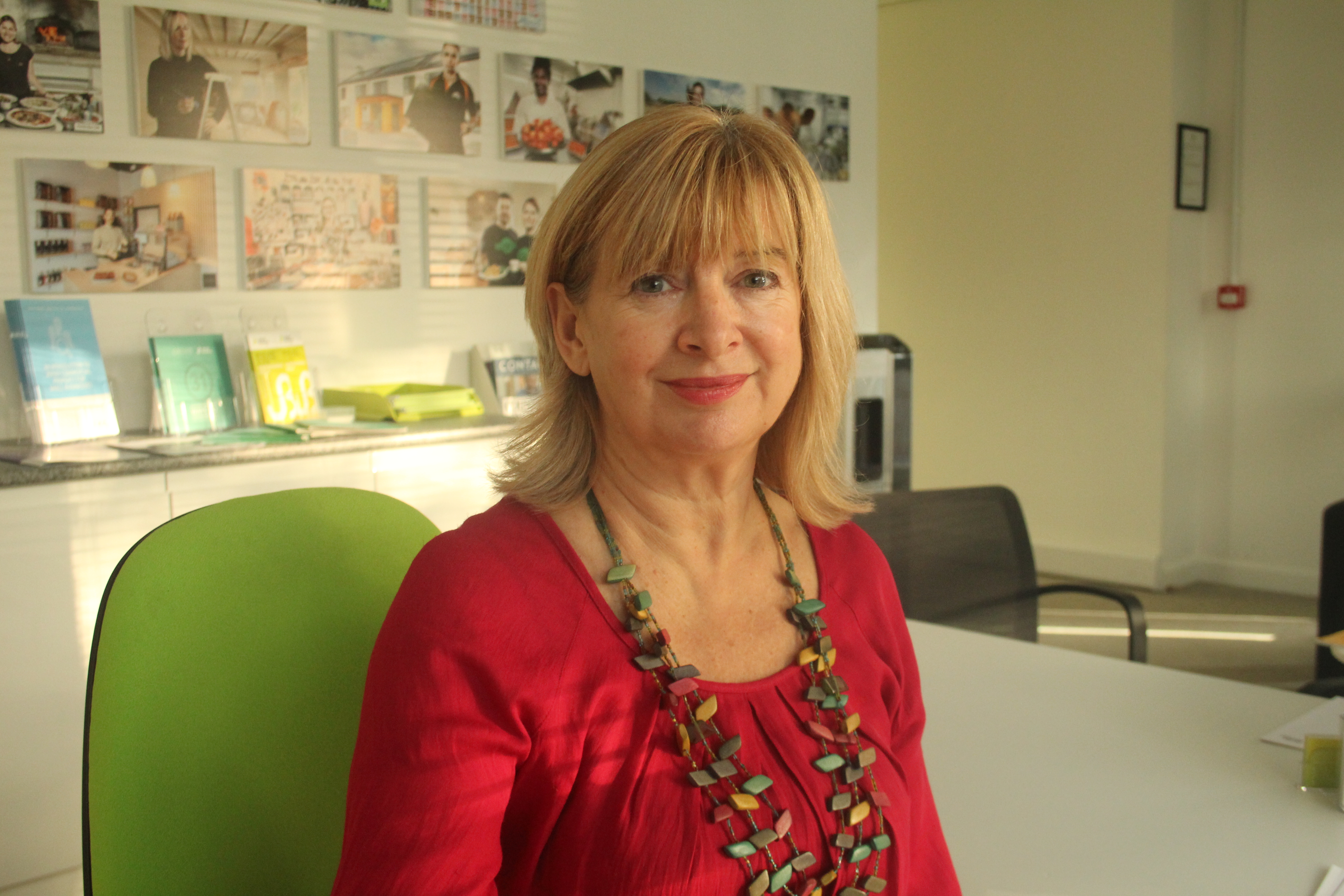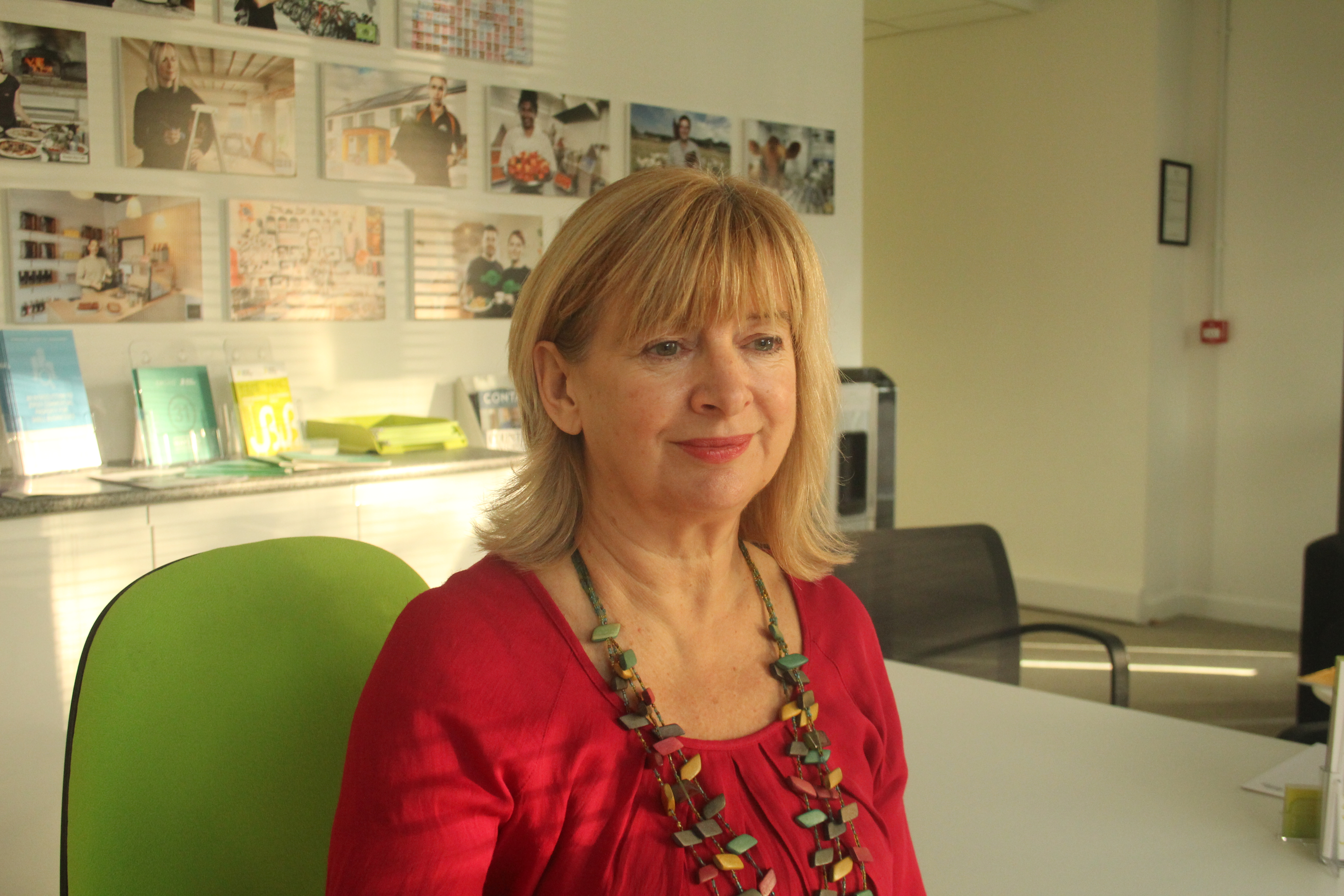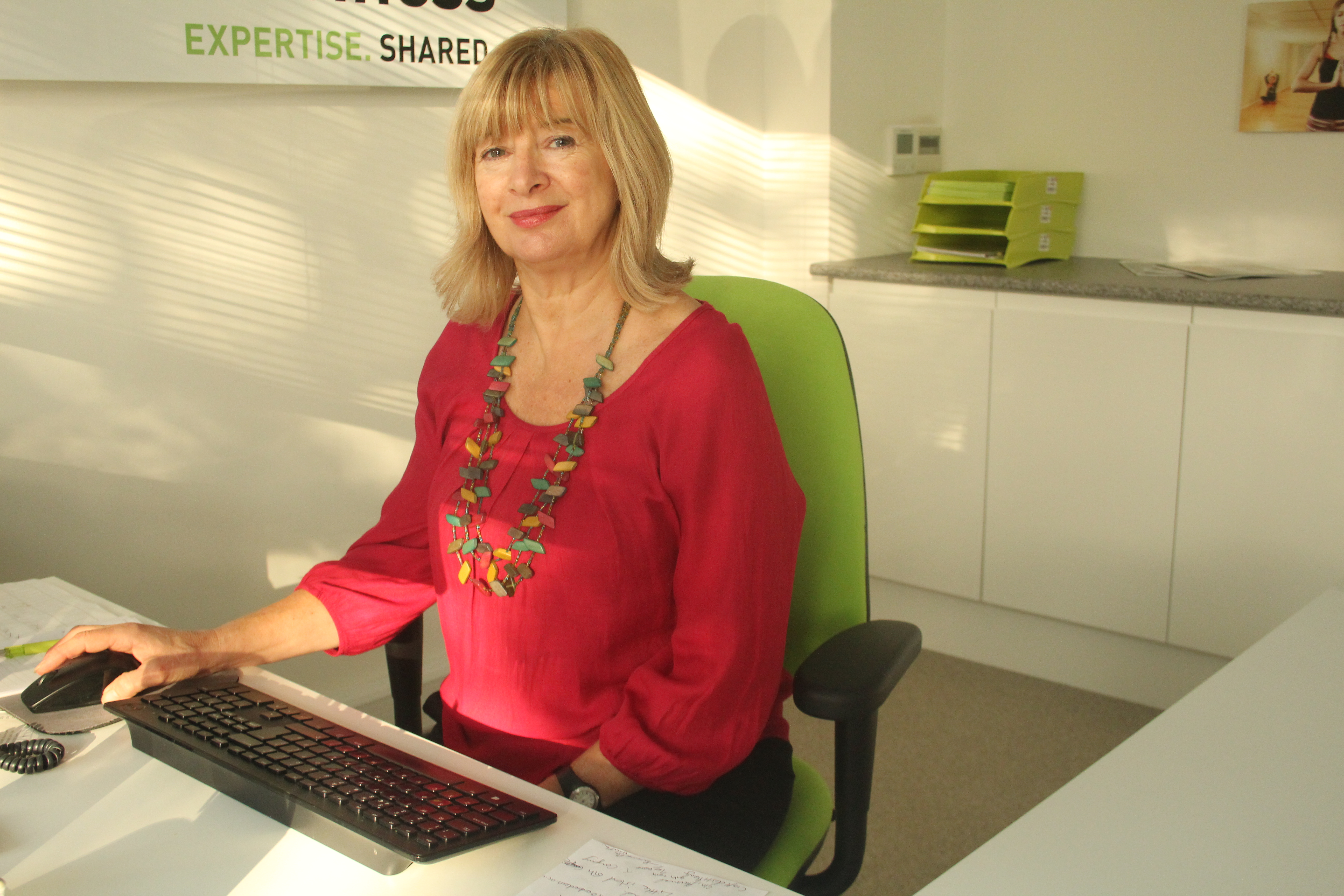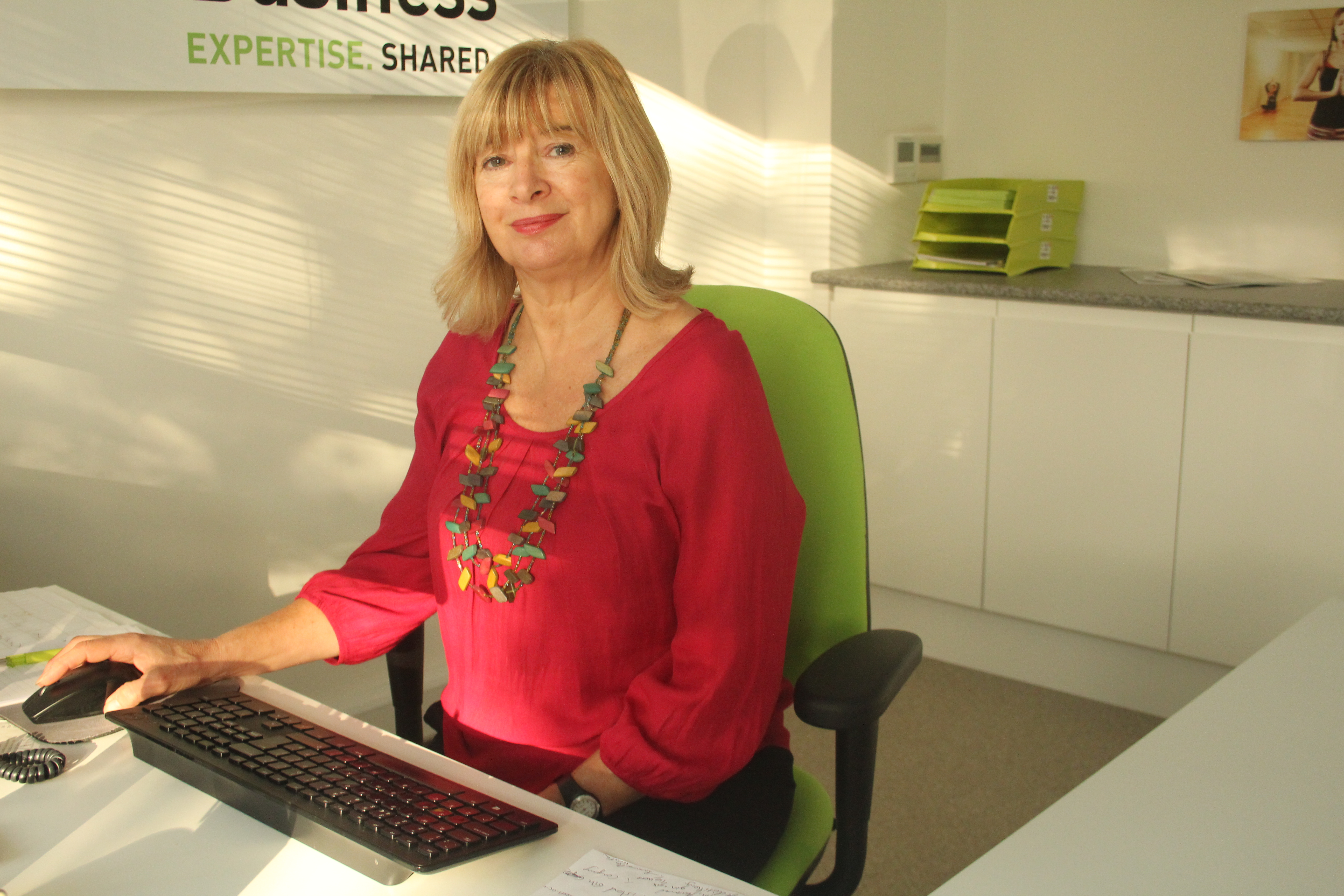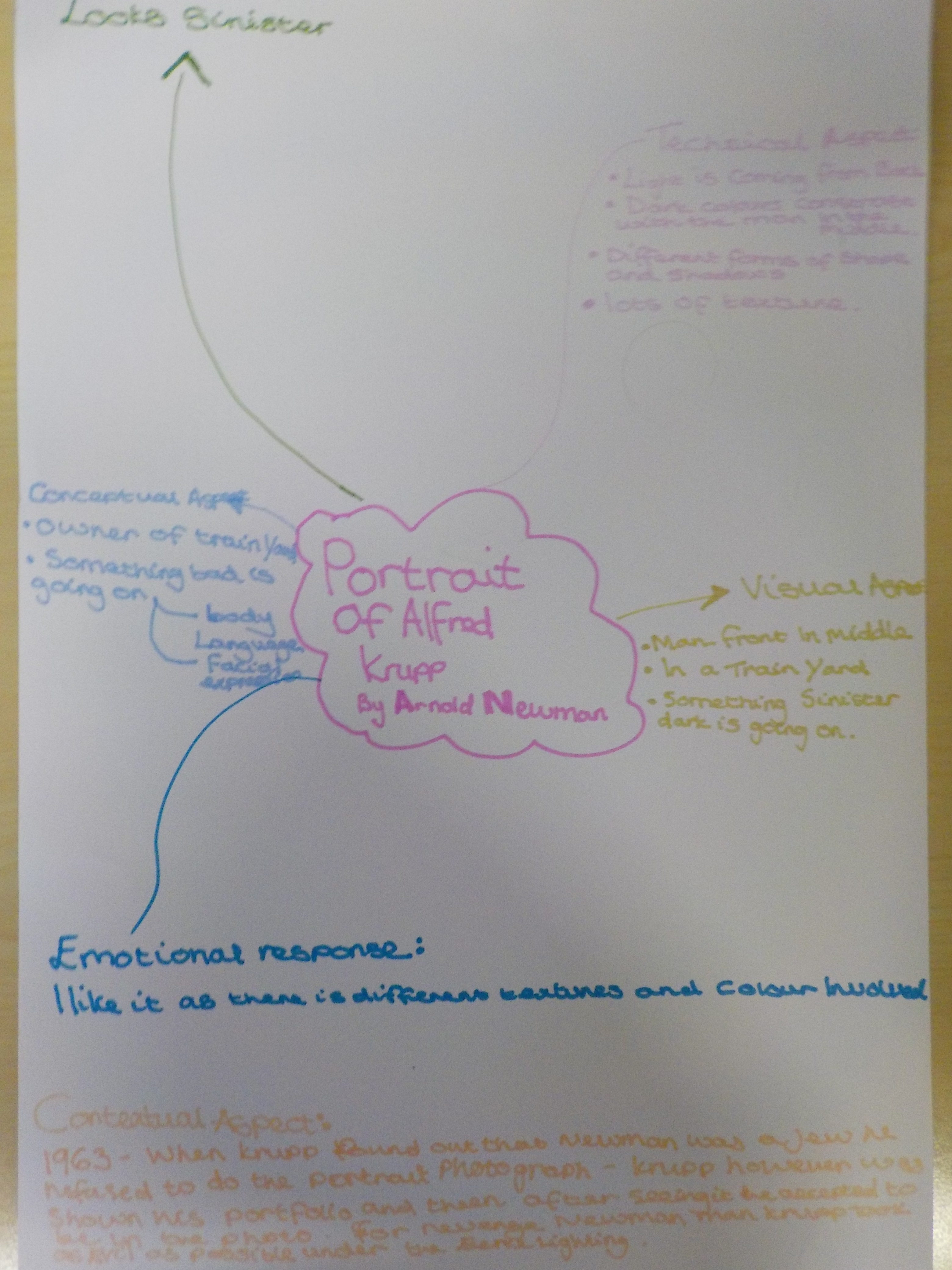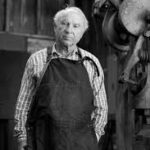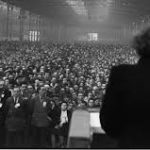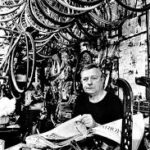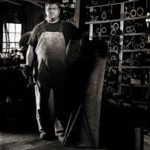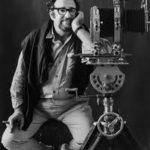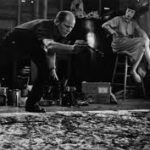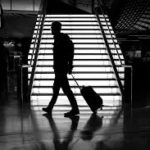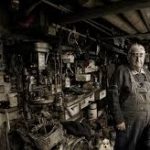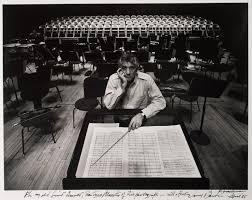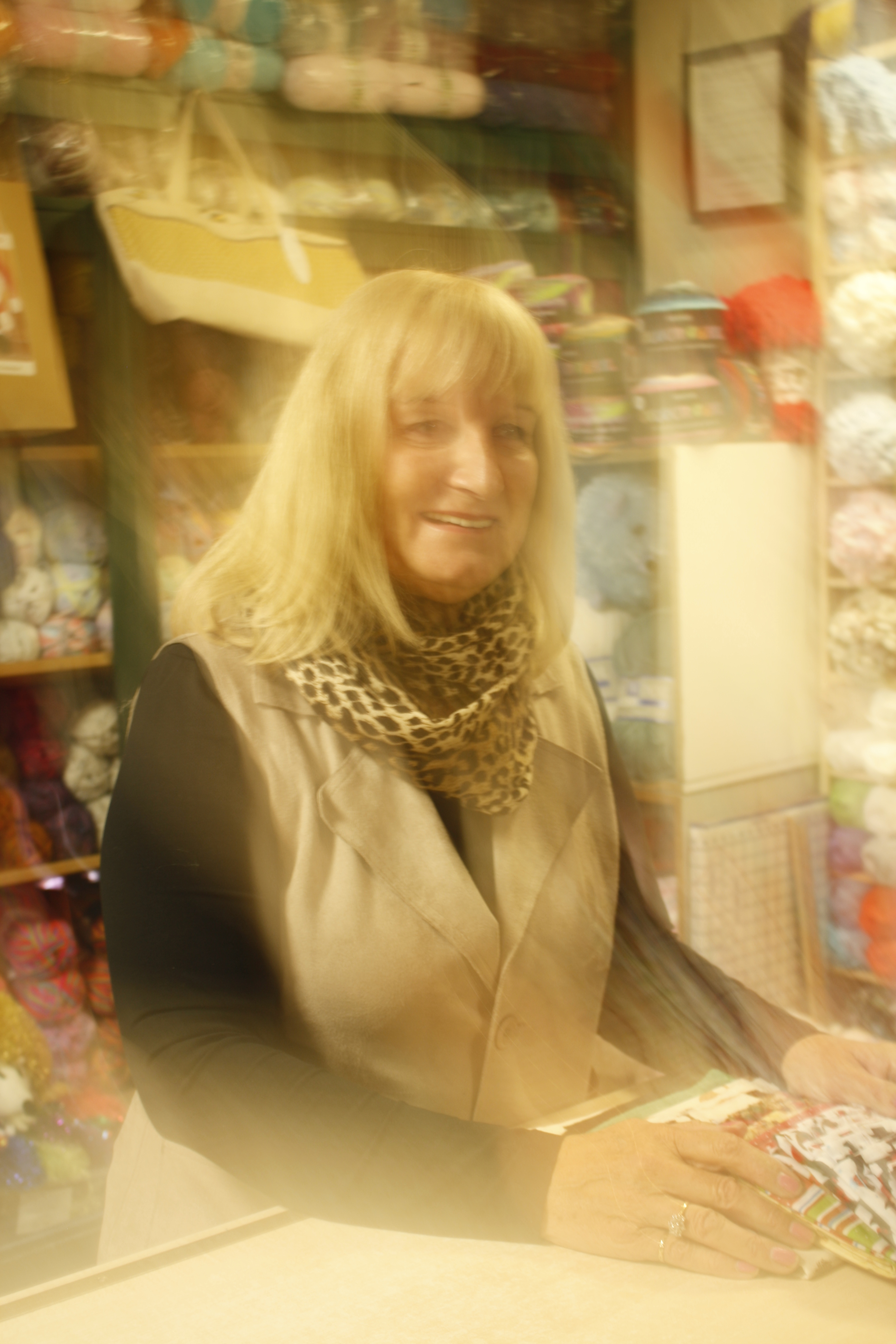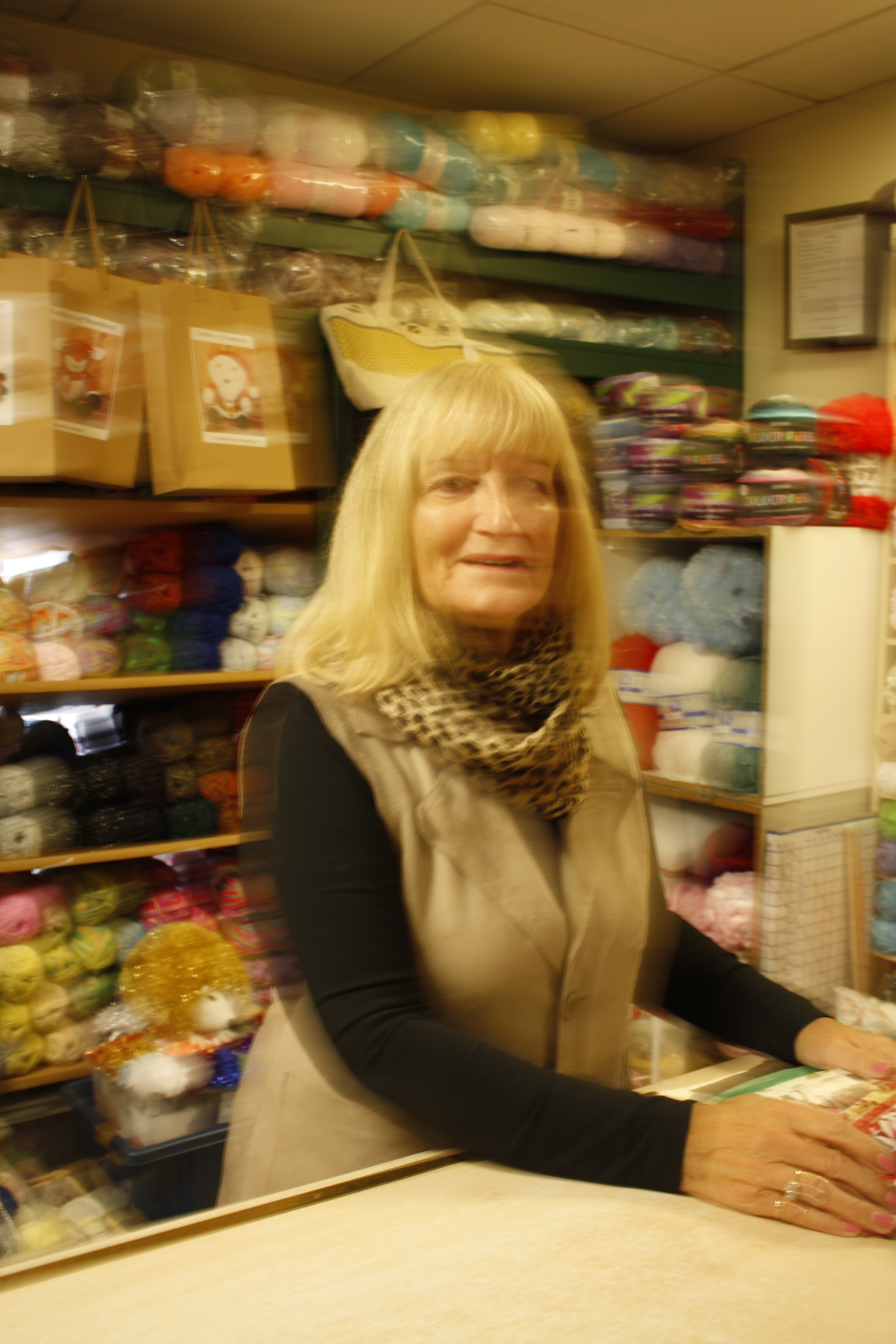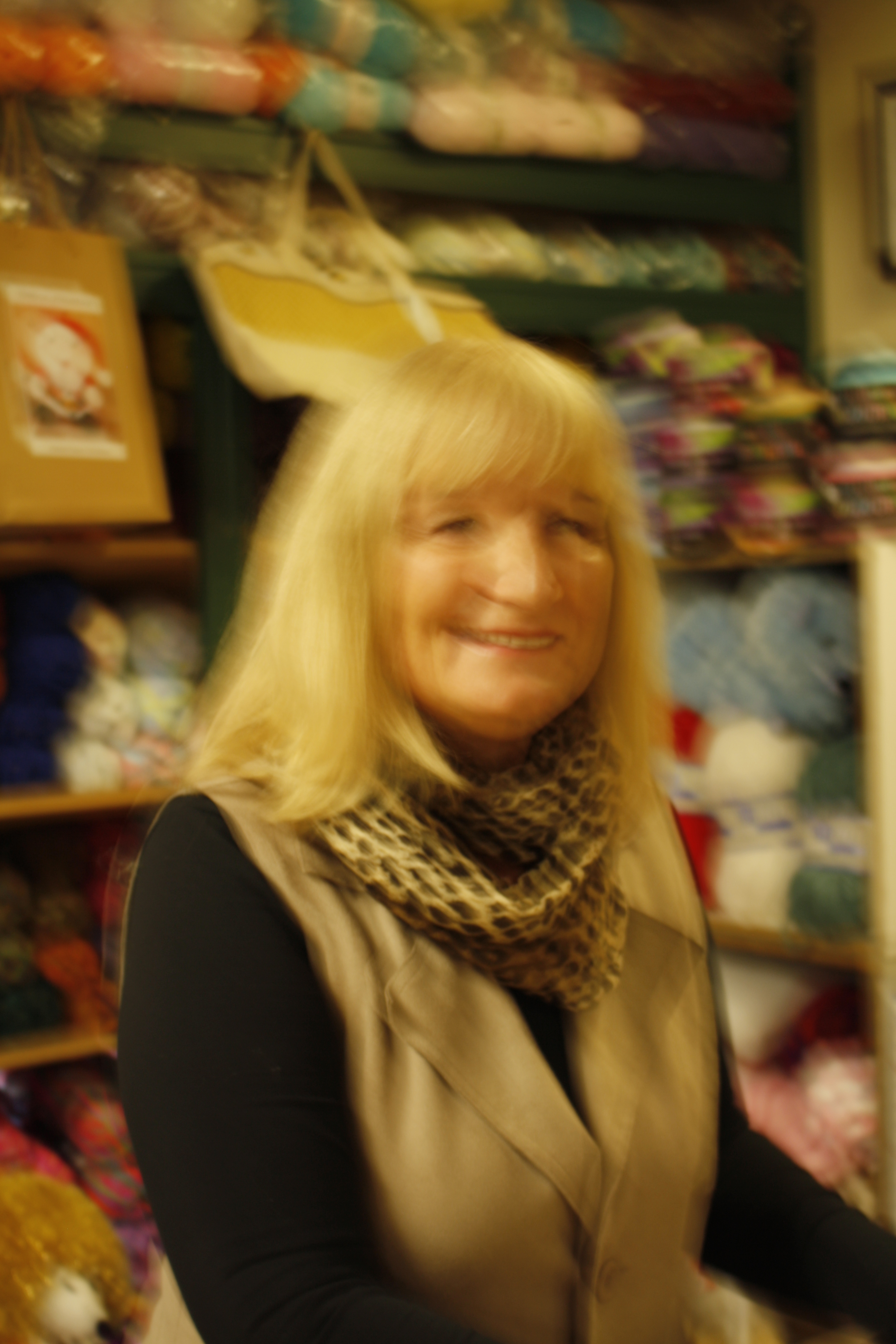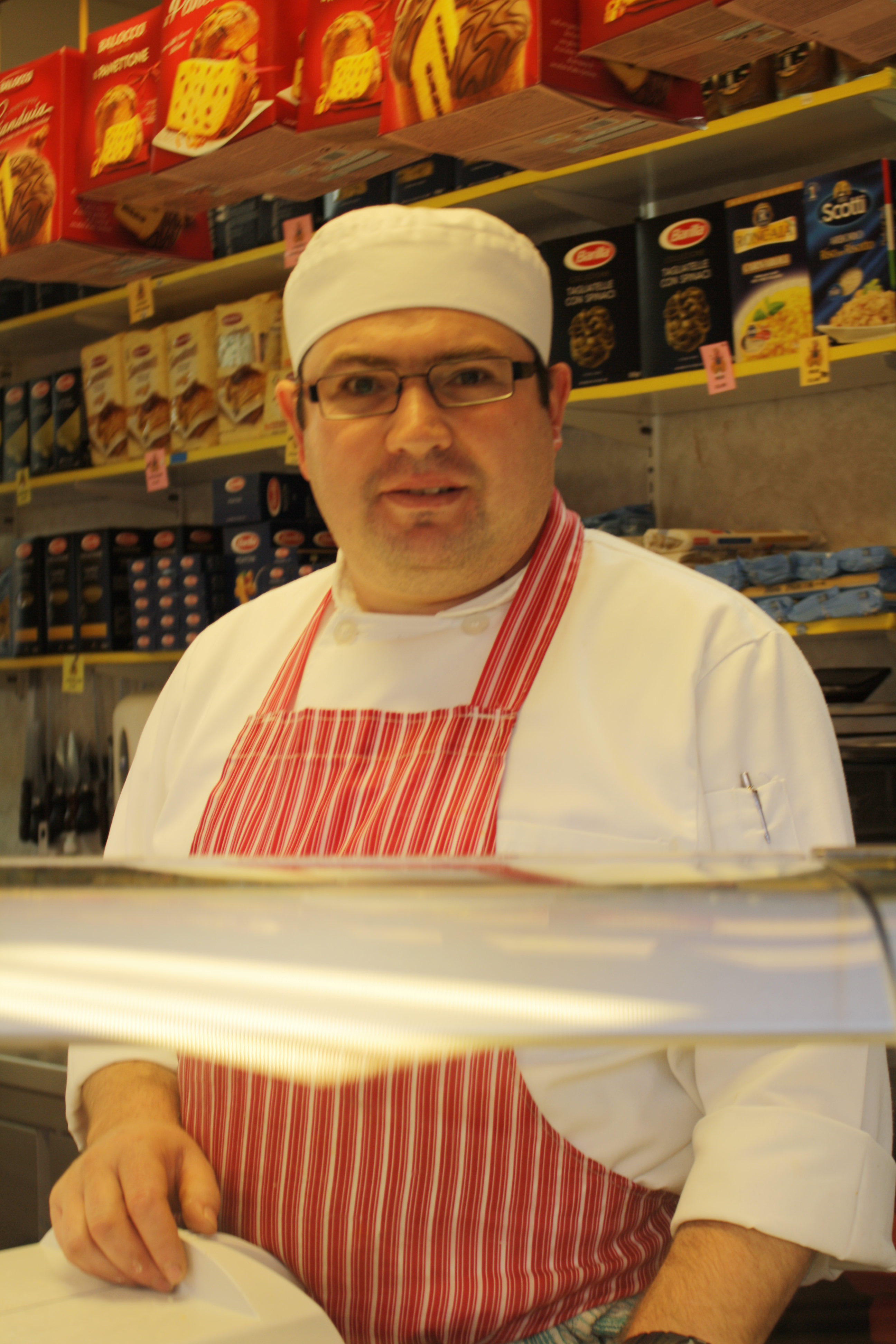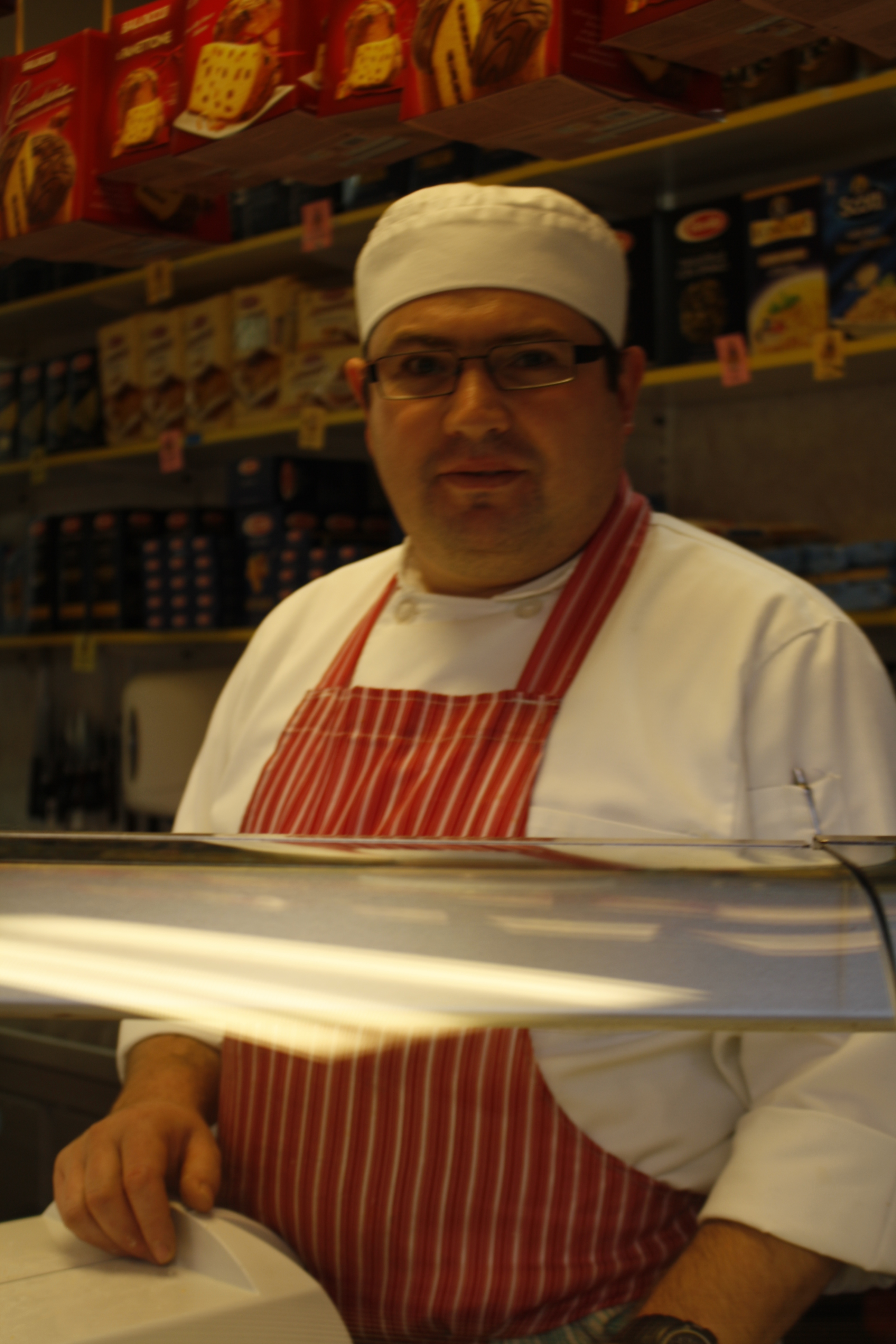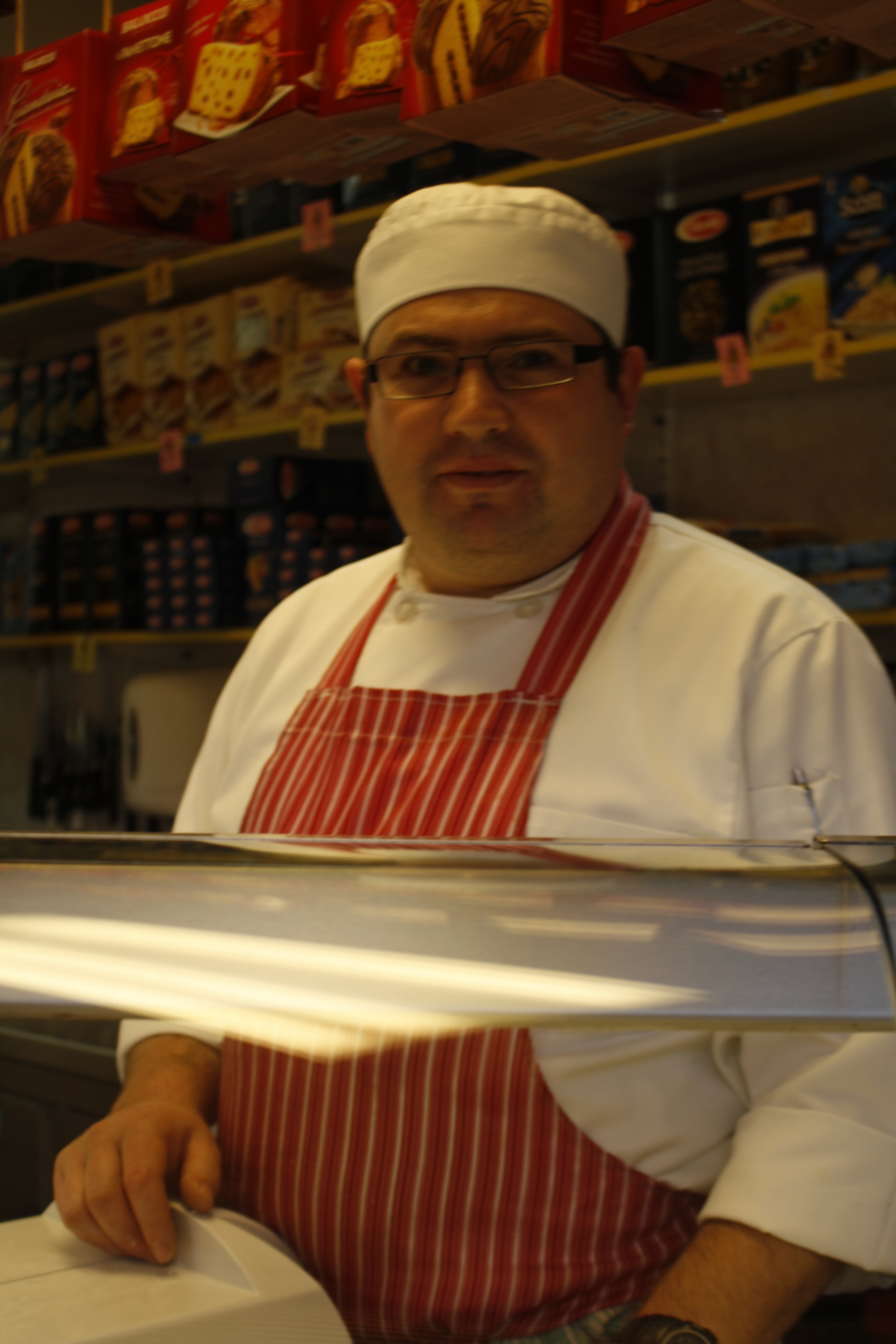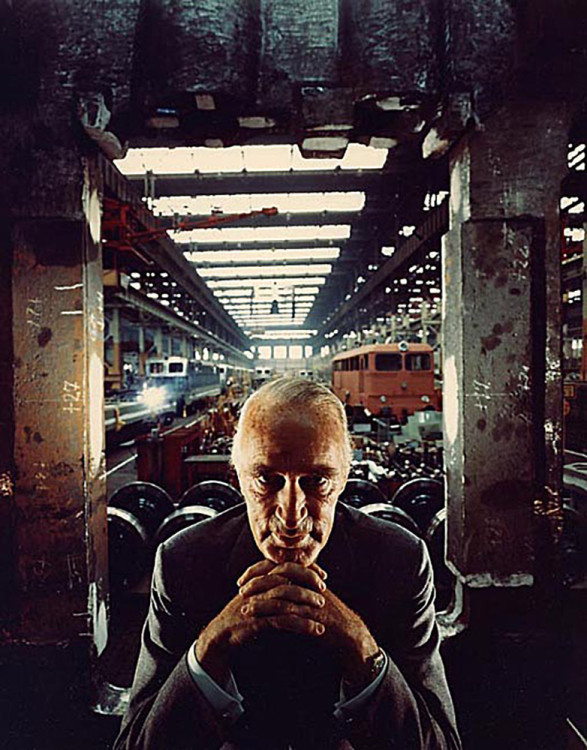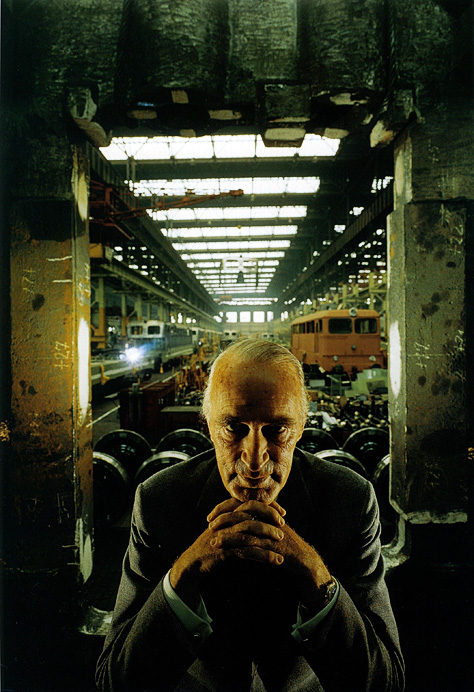
Emotional Response:
The first initial response that comes to mind when looking at this image is the serious expression on the face of the man. he is making clear eye contact with the camera which makes a direct connection with the viewer. He is in as sense staring into your soul. The addition of the shadows and darkness even further add to the dramatic theme of the photo. The facial expression on the mans face gives him a very intimidating look. It also makes the viewer feel very uneasy and question the image. What is the man thinking and feeling? Why is he in this environment? The overall dark and saturated tones of the image further allude to this and create a very strong emotional response in the viewer. It is also a very industrial environment where the image is staged in therefore it further makes the image feel cold and unwelcoming. The man is also wearing a suit which gives him a position of authority and power.
Visual:
Pictured in the image is an elderly Caucasian man, roughly the age of 70, with his two hands intertwined with each other. He is wearing a formal uniform, possibly a suit. He is sitting inside a train facing the camera. Behind him is a window, through which we can see the inside of a train assembly factory.There is a wide field of view in this image with elderly man being in the foreground, the window being in the mid ground and the train assembly line being in the background. The lines on the ceiling guide your eye into the center of the image where the head of the man is, making it the focal point of the image. Focal length is also used in this image with the face of the man being most in focus and the background being a lot more blurry. It is a very busy photo with many geometric elements filling the space. The editing of this photo means that it is slightly over saturated with the mans skins glowing an unnatural green. The lights on the top of the ceiling also create a sense of pattern and repetition. The man is sitting in the center of the image meaning that this is what you’re drawn to most making him the first thing that your eyes are drawn to. The most prominent color in this image is the black which gives an overall dark and deep aura to the image. This image is well exposed, with the dark and light being balanced out, yet it is clear that two light sources have been used. Behind the window inside the factory, natural light is coming in through the windows which illuminates the space, yet in front of the window where the man is sitting, an artificial light source has been used so that the mans face can be seen.
Technical:
The exposure in this image is very balanced, with the highlights not being overly prominent or the shadows being too dark. The light coming in from the background is also not overpowering the foreground. The image does not have any motion blur meaning that it is very likely that the camera was propped up on something or a tripod was used. It is also clear that this was used as it is a fairly dark environment, meaning that if there was any movement, it would be very blurred. Behind the tripod was likely an artificial light source which illuminates the face of the man. The facial expression and pose of the man is very clearly unnatural, therefore this image was staged in order to make it as dramatic as possible.
Conceptual:
Krupp, long-faced and bushy-browed, is made to look like Mephistopheles incarnate: smirking, his fingers clasped as he confronts the viewer against the background of a assembly line in the Ruhr. In the color version his face has a greenish cast.
The impression it leaves was no accident: Mr. Newman knew that Krupp had used slave labor in his factories during the Nazi reign and that he had been imprisoned after World War II for his central role in Hitler’s war machine.
Contextual:
Mr. Newman was credited with popularizing a style of photography that became known as environmental portraiture. Working primarily on assignment for magazines, he carried his camera and lighting equipment to his subjects, capturing them in their surroundings and finding in those settings visual elements to evoke their professions and personalities.
The “environmental” approach was what largely distinguished Mr. Newman’s portraits from those of his contemporaries. Richard Avedon and Irving Penn, for example, preferred to work within the bald white arena of their studios.
Rule of thirds:
Arnold Newman has used the rule of thirds in order to create this very successful image. The body of the man is withing the center column of the image therefore this is the first thing the view is drawn to, also due to the fact that he is in the foreground. More importantly his face is located in the very middle of the image, meaning it becomes even more intimidating as he is the focal point.
